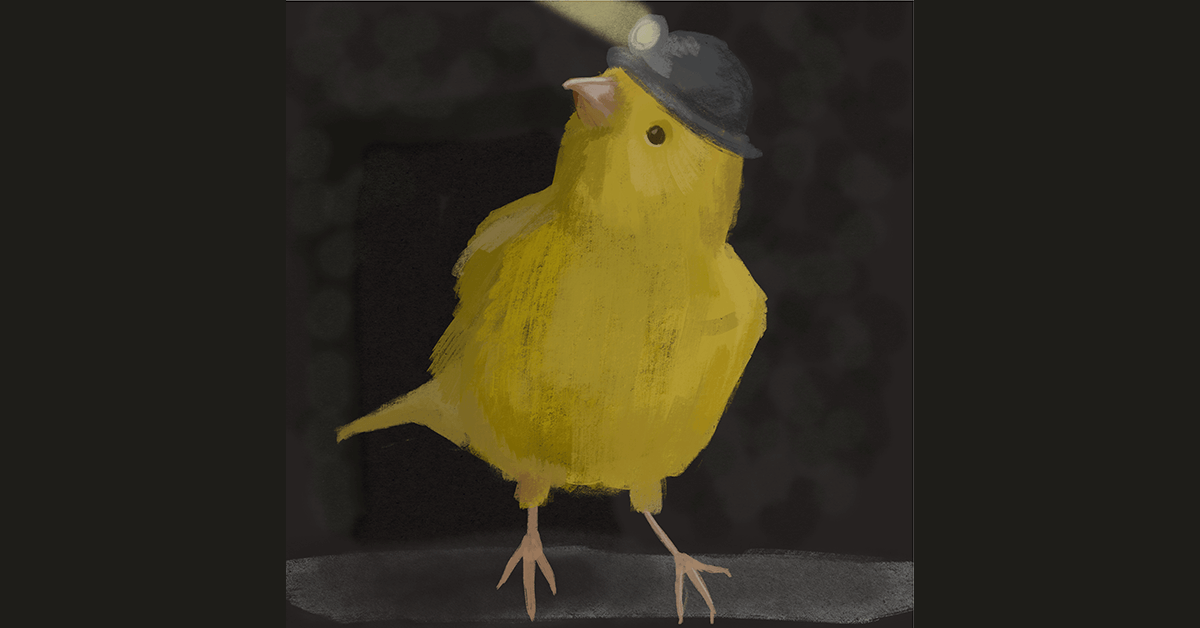February 23, 2022
This story is not just about last Friday’s walkout at Choate Rosemary Hall, although it would have been Exhibit A in many of the articles we have run this year on the fraying fabric of independent schools: it’s a story of students fighting back against a childhood robbed of learning and joy in the name of rigor, of a curriculum expanded and expanded without careful consideration in the name of student choice and the marketing of that rigor, of confusing and divisive ideologies implemented without the capacity for understanding or acceptance, of mental health, of generational conflict among teachers, and of a broken governance model. It’s a story of independent schools across the nation. And unfortunately, it’s one we see as just beginning.
The heartwrenching story at Choate, unfolding at this very moment, is more than an elite school meltdown. It is an emotional cry from the heart of students, alums, and faculty at independent schools across the nation. It is also a dramatic outpouring of unity in the face of crisis across several different school constituencies, normally accustomed to respecting their boundaries.
On Sunday morning, I heard from an OESIS Network Leader on the West…

